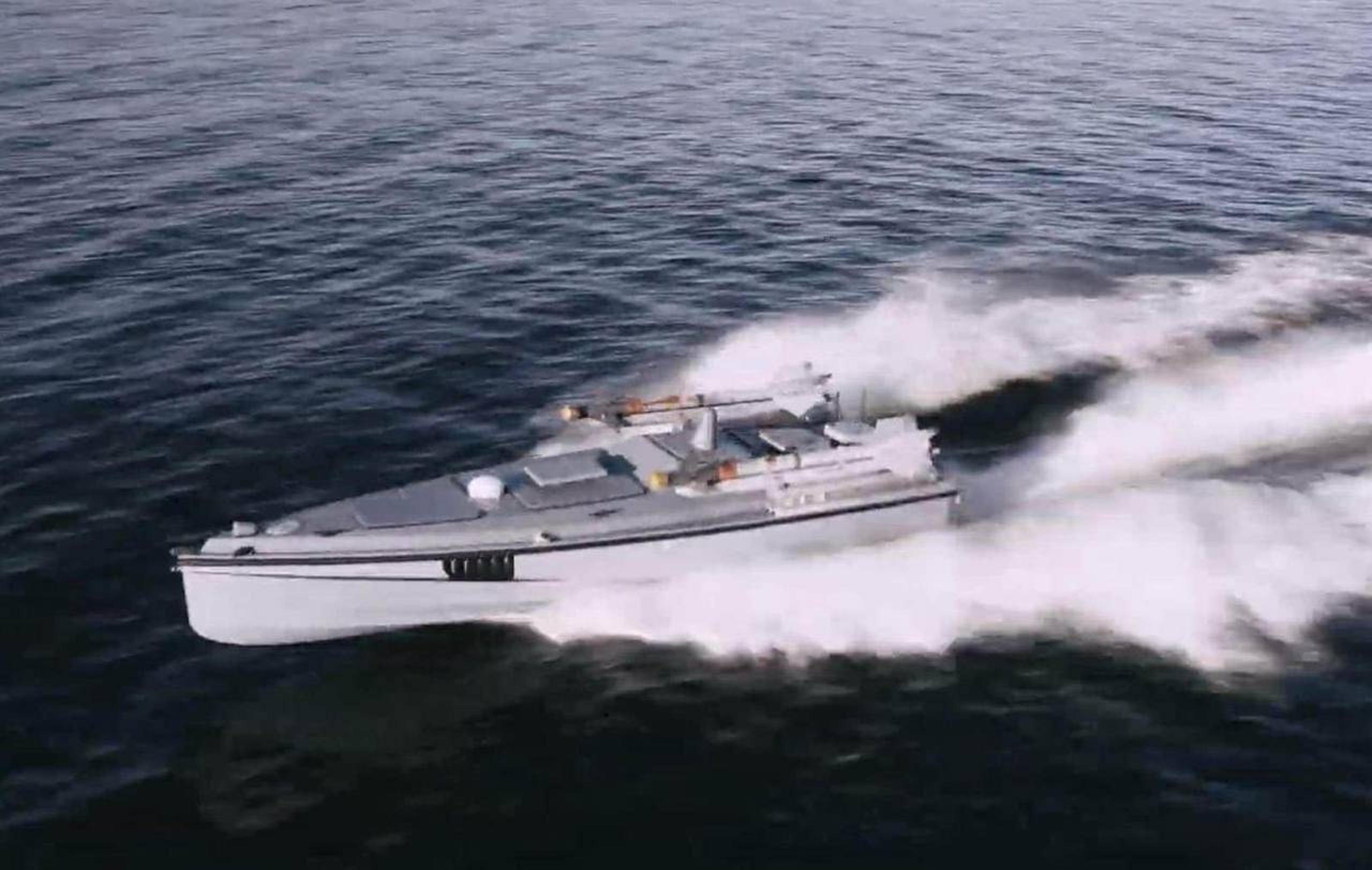Brains Over Brutality: Why Russia Will Never Outthink Ukraine

On May 2, 2025, Ukraine altered the history of modern warfare. A Russian Su-30 fighter jet, an advanced and costly piece of Moscow’s arsenal, was destroyed by a naval drone operated remotely by Ukrainian forces. This was not a strike of overwhelming force. It was the result of engineering and adaptation by a people who hold these qualities as central to their culture. Even in the darkest days of USSR occupation, Ukraine was the brainpower of Moscow’s “prison of nations,” responsible for the technology and innovation that kept the Kremlin from sinking into its natural ninth-century state.
Yesterday’s event underscored a deeper truth: Ukraine has always been the intellectual core of Eastern European innovation. For decades under Soviet rule, it was Ukrainian minds that built the missiles, designed the aircraft, and solved the complex challenges of empire. Today, those same capabilities—freed from the constraints of ideology—are reshaping the battlefield.
Ukrainian brain power kept the USSR from being a 9th-century backwater
The Soviet Union projected the image of a vast and singular power. In reality, it depended disproportionately on Ukraine for its most sophisticated military and technological development.
In Kyiv, the Antonov Design Bureau produced the most ambitious aircraft in the Soviet bloc. Its engineers built the An-124 Ruslan and the An-225 Mriya, marvels of aviation unmatched in size and payload capacity. These were not products of Russian genius—they were conceived and constructed in Ukraine.
In Dnipro, the Yuzhmash plant was the beating heart of Soviet rocketry. The missiles that defined the Cold War, from ICBMs to launch vehicles, came from this city. These factories also helped carry Soviet ambitions into space. Few sites in the USSR carried more strategic weight.
In Kharkiv and Lviv, universities, design institutes, and heavy manufacturing facilities trained the specialists who filled Soviet military laboratories and production lines. From tank engines to radar systems, much of what gave the USSR its edge originated in these cities. Moscow gave the orders; Ukraine wrote the instructions.
This technical legacy was no accident. It was the result of a population steeped in science, education, and engineering culture. For years, the Soviet regime extracted value from that inheritance. Today, Russia faces it across the battlefield.
Adaptation Under Fire
Since the invasion began, Ukraine has demonstrated not only courage but also the ability to innovate in real time. Outgunned in nearly every conventional category, it has adapted faster and more effectively than its invader.
Ukrainian engineers and volunteers have developed a suite of technologies that didn’t exist three years ago: naval drones capable of striking Russian ships across the Black Sea; air defense platforms that integrate Western and Soviet-era systems with near-seamless logic; mobile applications that link frontline soldiers with real-time intelligence; civilian drone networks converted into lethal tools of war. None of these emerged from planning documents. They were forged under pressure, through talent and urgency.
This is not improvisation born of desperation. It is structured creativity, rooted in a national tradition of technical excellence that Russia never understood. The Kremlin prepared for a war of occupation. What it received was a war of intellect.
Russia Misread the Enemy
There was confidence in Moscow when the war began—confidence drawn from the sheer volume of tanks, warplanes, and artillery. There was also condescension: the assumption that Ukraine, lacking grandeur and hierarchy, would fracture under pressure. That assumption was born of ignorance.
Russia invaded the part of its former empire that once gave it power. It mistook independence for fragility and failed to grasp the kind of society that had spent decades sharpening its tools, deepening its institutions, and freeing its thought.
The war has revealed what Russia has become: a state that replays doctrine, recycles myths, and miscalculates its opponents. It cannot match the pace of Ukraine’s learning. Each year, the gap grows. The drones improve. The software evolves. The network of minds behind Ukraine’s resistance expands across disciplines and borders—while Russians stumble two steps behind.
The War Will Not End as Russia Imagines
Victory would require more than battlefield dominance. It would require the erasure of a society capable of rebuilding itself even under siege. That society is not vanishing. It is maturing. It studies, adapts, and applies knowledge at speed. No army can outlast that kind of momentum.
The Su-30 incident, and others like it, should be proof enough. Russia is not confronting an insurgency, nor a rebellious province, nor a forgotten former colony. It is facing an adversary with depth, memory, and the capacity to outthink everything it throws forward.